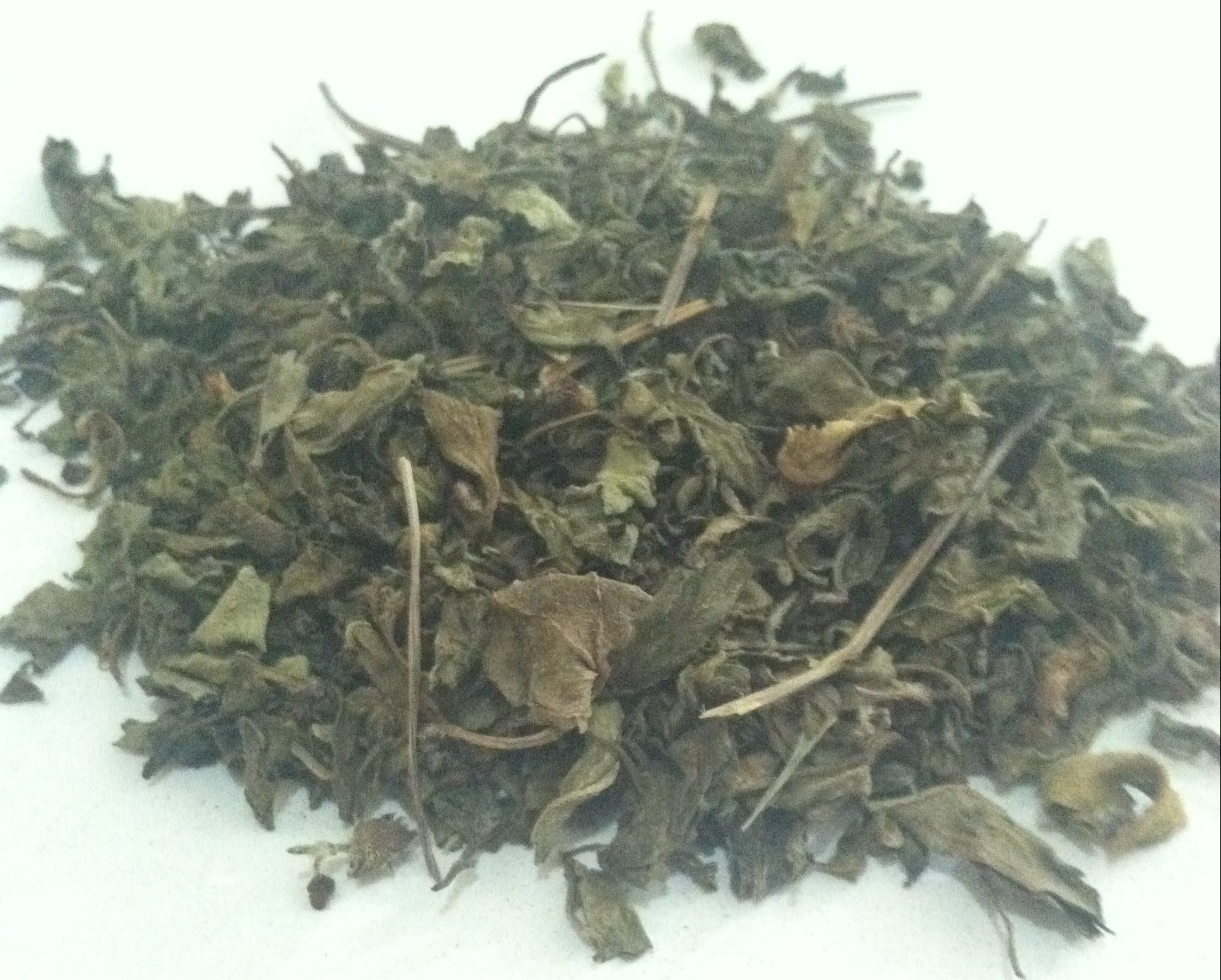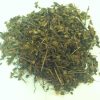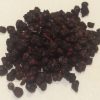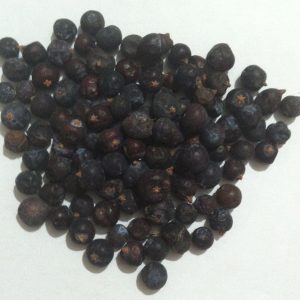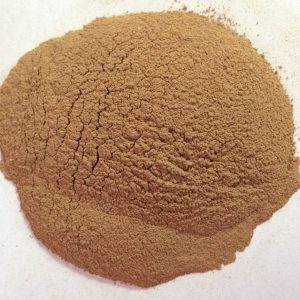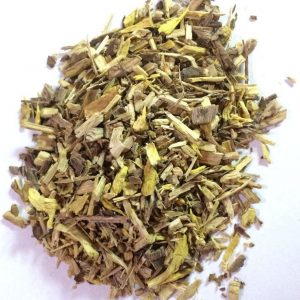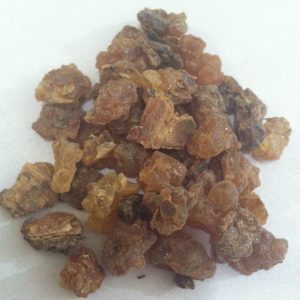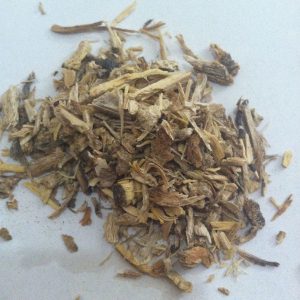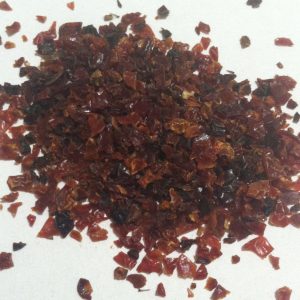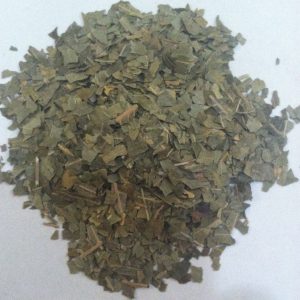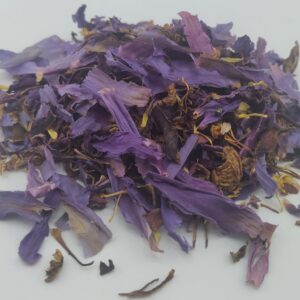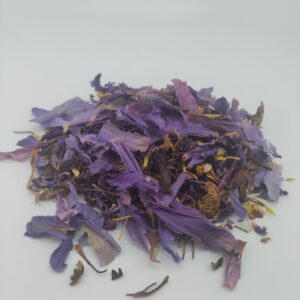Description
Also known as Tulsi, Tulasi (Sanskrit name), Ocimum sanctum Introduction Holy Basil has been revered for its medicinal value throughout India for thousands of years. Ayurvedic texts describe Holy Basil as a pillar of holistic herbal medicine and a goddess incarnated in plant form (the mother medicine of nature). Many traditional Hindus worship an alter bearing a Holy Basil plant that is placed in the courtyard of their home or in another prominent location. Today Holy Basil remains one of the most cherished of India’s sacred healing plants. The leaves smell of peppermint, cloves, licorice and/or lemon. There are three types of Tulsi Krishna, Rama, and Vana. Rama and Krishna are of the same species. All varieties belong to the mint family and are cousins of sweet basil.
* * Krishna (Ocimum tenuiflorum) is known for its medicinal value and peppery crisp taste. The plant has dark green to purple leaves, stems, and blossoms. It is cultivated in the Indian plains, as well as private homes and gardens around India, and is named after the blue skinned God as the dark purple leaves resemble this color.
* * Rama (Ocimum tenuiflorum) is known for its cooling and mellow flavor. The plant has green leaves, white-to-purplish blossoms, and a green or purplish stem. It is cultivated in the Indian plains, as well as private homes and gardens around India.
* * Vana (Ocimum sp.), aka. “forest type”, is known for its fragrance. The plant has green leaves and stem, with white blossoms. It is found in the Himalayas and plains of India. Grows wild in Asia and Africa and is used medicinally there as well.
For educational purposes only This information has not been evaluated by the Food and Drug Administration. This information is not intended to diagnose, treat, cure, or prevent any disease.



